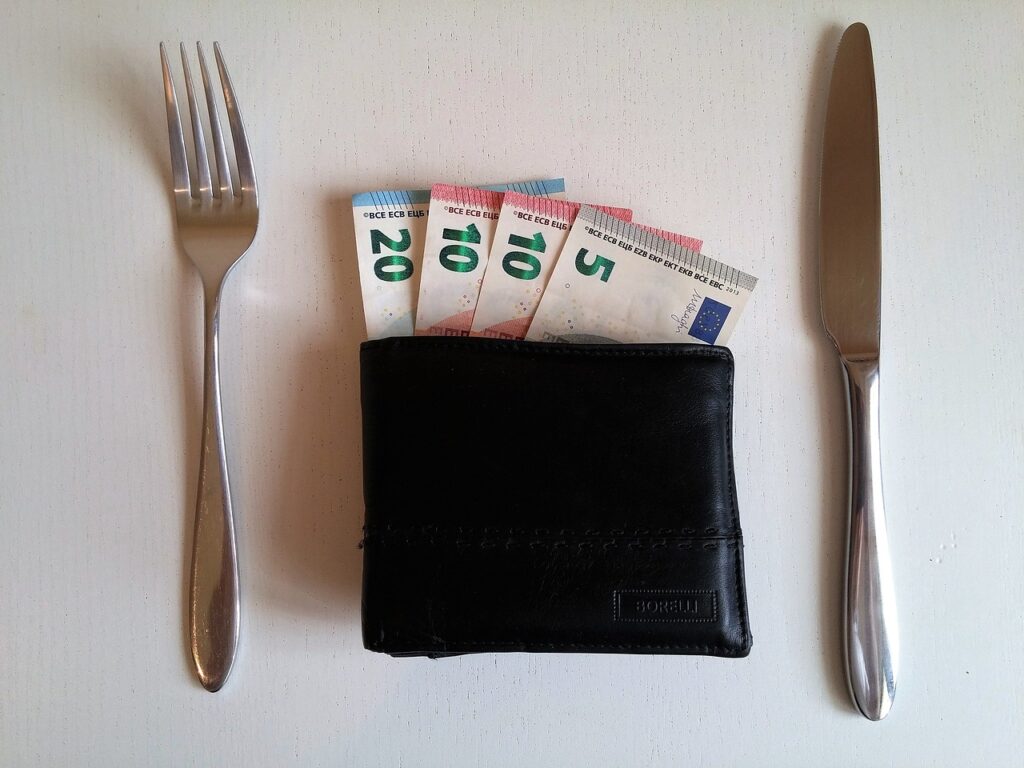Tipping in Iceland 2023: All You Need to Know About Gratuity in Iceland
Tipping in Iceland is a topic that often leaves travelers in a state of confusion. This Nordic island nation has a unique stance on tipping, which is quite different from many other countries. As a matter of fact, in Iceland, the norm is not to tip at all. The reason behind this lies in the country’s robust labor laws and social policies. Icelandic employees typically earn good wages and are not dependent on tips to make ends meet. As a result, tipping is not expected, and in fact, some locals may even feel awkward when offered a tip. Understanding the Unique Norms The prevailing sentiment among Icelanders is that they do not want a tipping culture to take root in their country. They firmly believe that all professions should be adequately compensated, and tipping should not be seen as a way to supplement incomes. In fact, there is a fear that if tipping were to become customary, employers might use it as an excuse to lower wages, assuming that tips would make up the difference. This would ultimately harm workers in the long run. Tipping in Iceland: Tourist Tipping Trends In practice, you could comfortably avoid tipping in Iceland, and nobody would be offended or disappointed. However, in recent years, the influx of tourists has seen a subtle shift, especially in tourist-related activities Some local tour companies have started to encourage tipping, albeit discreetly. In these cases, you may choose to tip if you feel it’s appropriate, but remember that it is still not obligatory. Tipping a Guide in Iceland: When and How Much to Tip Tipping a guide after a tour is perhaps the most “acceptable” form of tipping in Iceland. This is particularly true for multi-day tours, where guides often go above and beyond to provide an exceptional experience. However, even in this case, tipping should be a genuine expression of gratitude and not a compulsory gesture. The amount to tip in Iceland is not set in stone since tipping isn’t a deeply ingrained practice. As a reference point, you could consider tipping around 1,000 Icelandic Krona (about $8 USD) for an outstanding one-hour tour and around 5,000 Icelandic Krona (about $40 USD) for an exceptional full-day tour. For multi-day tours, you can multiply this amount by the number of days. Nevertheless, these amounts are arbitrary, and it’s essential to tip what feels right to you. Can You Pay in USD in Iceland? When it comes to currency, you should always use Icelandic Krona (ISK) for tipping in Iceland, as it is the only accepted currency. Tipping in Iceland: What You Should Do In conclusion, you can confidently navigate your journey in Iceland without worrying about tipping. The majority of Icelanders prefer not to tip and have a genuine desire to maintain their unique approach to compensation and service. If you do decide to tip, reserve it for those exceptional moments when someone has gone above and beyond to make your experience truly memorable. Tipping in Iceland is not expected, and it should always be a gesture of appreciation rather than an obligation.
Tipping in Iceland 2023: All You Need to Know About Gratuity in Iceland Read More »









